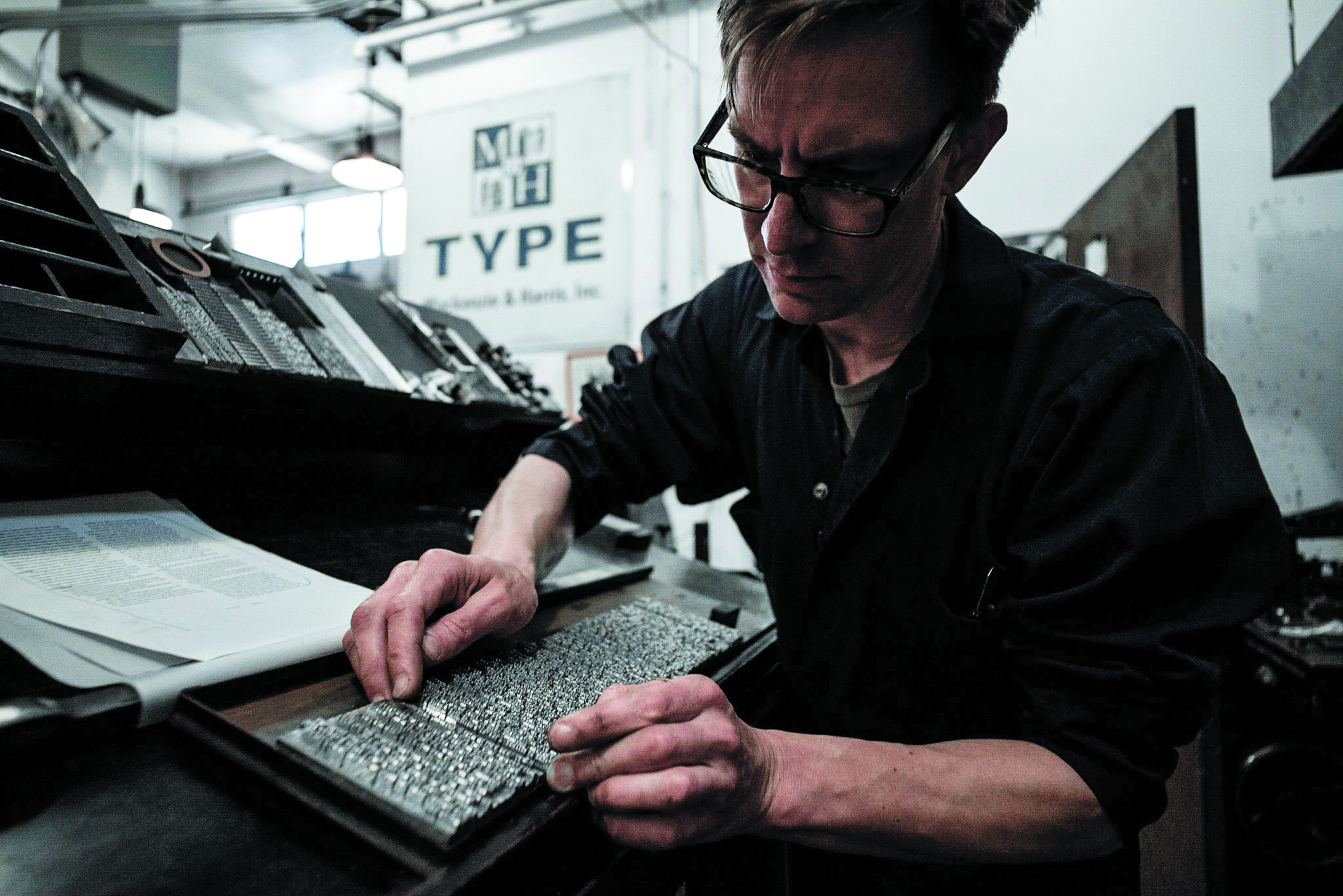Design Matters: Knowing No Bounds
Author:Lindsey ShookTom di Maria shares how Creative Growth gives artists with disabilities a voice
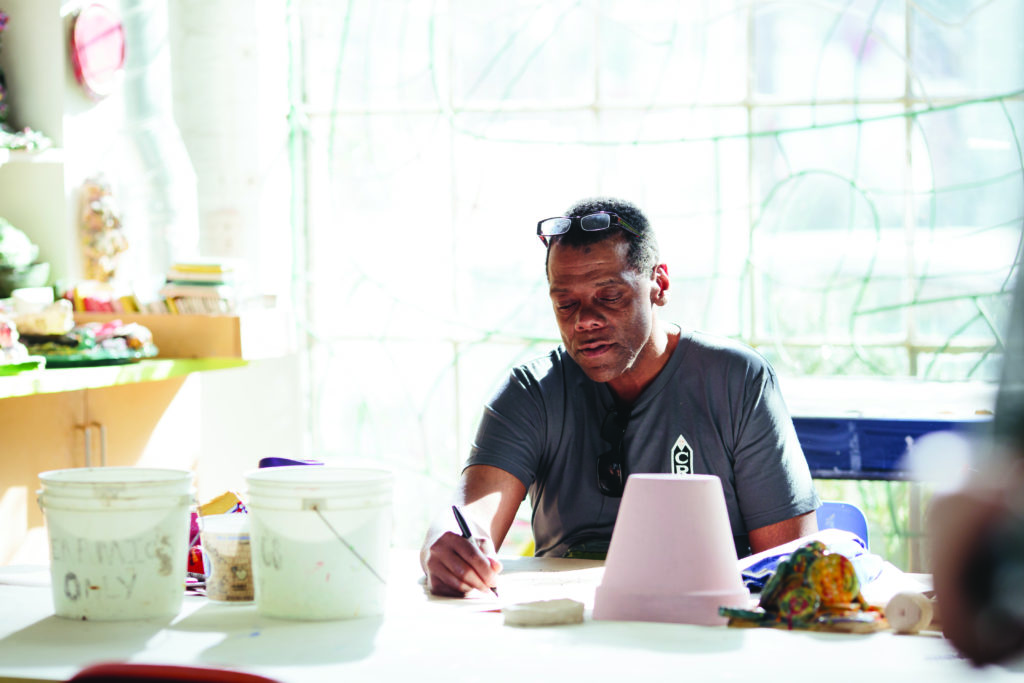
Photography by Diana Rothery.
What is your process for selecting artists? We have an interesting process that’s based upon the person, not the artistic background. Say you have a friend who is autistic, and you think they are creative. You could bring them to our studio and do a walk-through of all the mediums to see what they respond to best. A person starts two days a week with two-dimensional and three-dimensional activities like ceramics and wood. They come for free and there’s no criteria to produce work. We have a very specific philosophy not to be interventionists and work to deflect questions back to them. The talent of our staff is they nurture creativity without controlling, which helps the artists’ style form.
How do you believe your artists’ approach to their work differs from artists without disabilities?In a couple of ways. One, artists with disabilities are engaged in the process, not the product. They aren’t worried about the last fair or what’s on trend. They care about how it makes them feel. Two, they’re making work that doesn’t respond to art history. Therefore, they have more freedom to be what they want it to be.
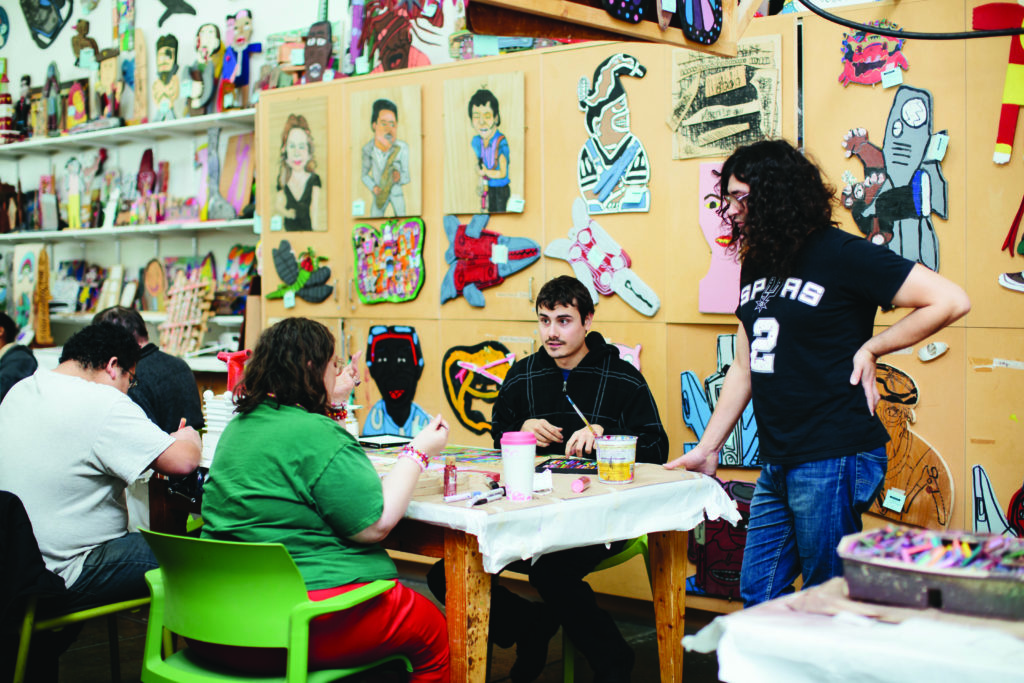
Many of your artists, like Dan Miller, have work permanently placed in institutions like MOMA. How do you work with curators on this level of placement? We now have three artists in collections at MOMA. We often work with important collectors like Marty Eisenberg, who play a crucial role in bringing our artists’ work to the curators. The outsider art world has been driven by collectors. It’s a bottom-up ecosystem. Also, wonderful visionaries who work closely with the fashion industry, including Kim Hastreiter of Paper magazine, have recognized the work for being amazing on its own terms and not according to any standard. She’s been a champion of our mission and inspired influential collaborations with brands like Marc Jacobs that have attracted a larger contemporary audience. We also worked with the team at Method to create packaging featuring our artists’ work that was sold exclusively in Target. It was a big fundraiser for the organization and put our name in 1.8 million American homes. It’s crucial to find a creative soul who’s confident to make that choice and make it happen.
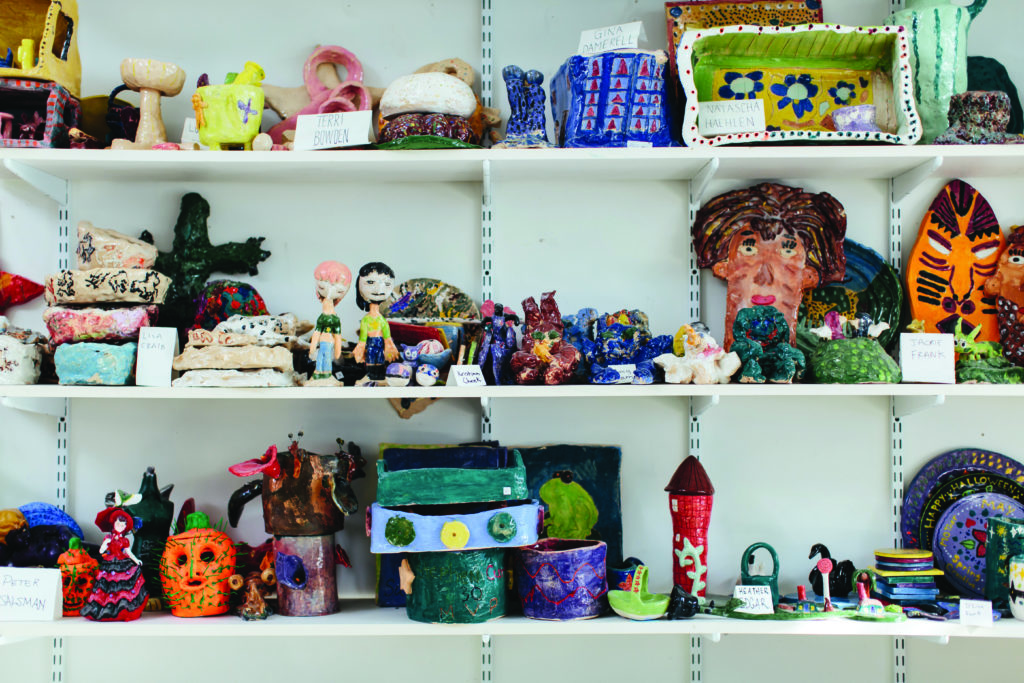
How can the design and architecture community get more involved?
Don’t gravitate only to what’s pricey; instead, look for creativity that’s in your own community. We have to be open to the many forms of creativity and the circumstances from which it derives. Our artists’ work reinforces the strong emotional connection we have with art.

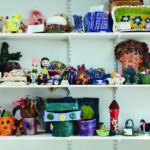
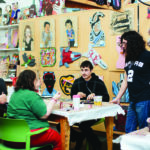
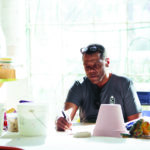
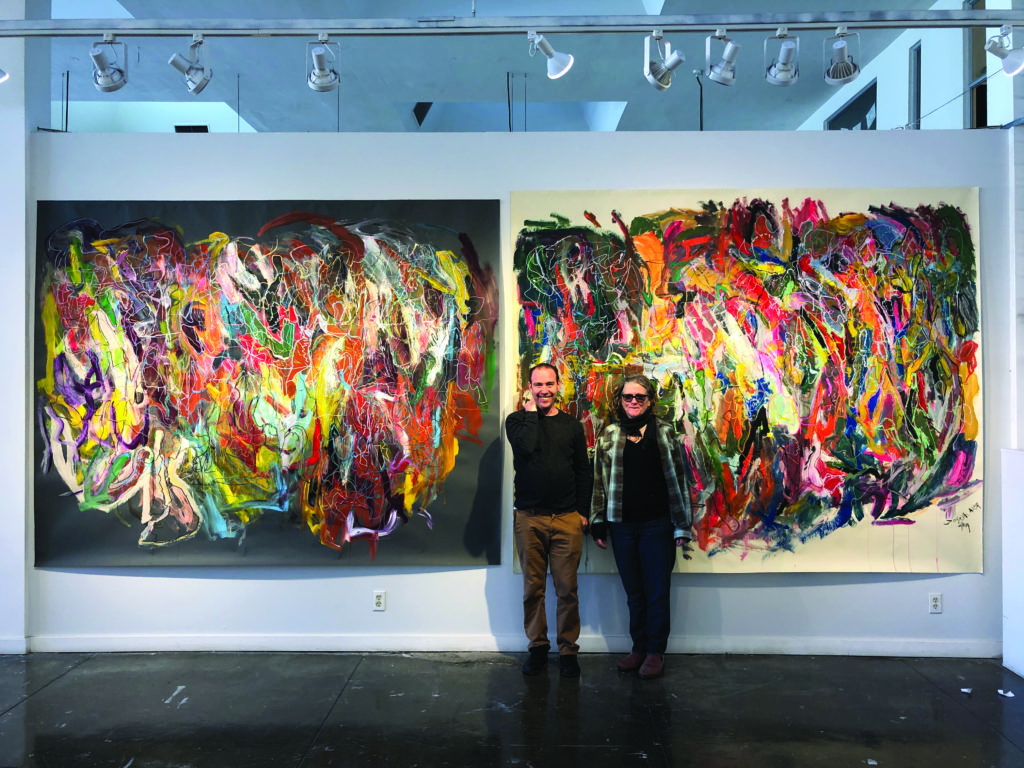 Artist Joseph Alef in front of his paintings with studio instructor Kathleen Henderson.
Artist Joseph Alef in front of his paintings with studio instructor Kathleen Henderson.

